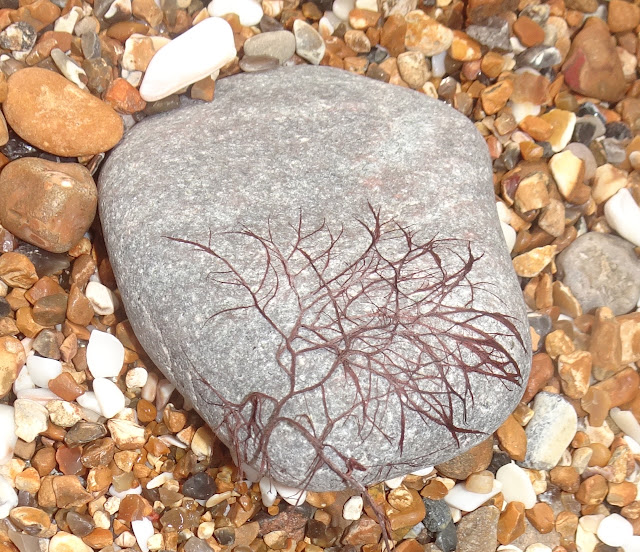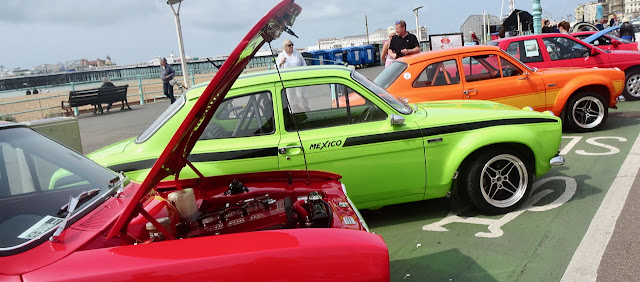Brighton’s 2025 Beside the Sea exhibition, running from May through September, features works by renowned photographers Martin Parr and JJ Waller, with a particular focus on Waller’s intimate and playful portrayal of Brighton Beach. The exhibition is presented in three distinct venues: the Hove Museum of Creativity, The Seafront Gallery, and, most strikingly, on the roofs of Brighton’s bus shelters (which, according to the organisers, is a world first).
JJ Waller, a British documentary photographer born and raised in Brighton, is well known locally for his portraits of people in Brighton and other coastal towns such as St Leonards-on-Sea and Blackpool. His images capture the spirit of Brighton Beach, a place celebrated for its freedom, eccentricity, and everyday spectacle. Waller’s photographs depict children with ice cream-smeared faces, sunbathers asleep on the pebbles, and the curious mix of visitors in various states of undress, all contributing to a rich visual record of seaside life.
Drawing on his background in performance and theatre, Waller blends candid moments with a staged quality, highlighting the ritual and rhythm of the beach without losing sight of humour and humanity. His recent work, including widely praised Covid-19 lockdown portraits of Sussex residents taken through their windows, has brought him national recognition and was even edited into a collection by Martin Parr.
The Beside the Sea exhibition breaks new ground by presenting over 65 large-scale photographs some pasted flat onto the roofs of 30 bus shelters across Brighton, visible only from the top deck of a double-decker bus. This innovative approach transforms everyday journeys into art experiences, integrating photography into the city’s fabric and making the exhibition accessible to all with a bus ticket or pass. Waller, inspired by childhood memories of bus rides with his mother, sees this as a unique way to open up new exhibition spaces and reach audiences who might not typically visit galleries. He describes the collaboration with Parr, who is exhibiting in Brighton for the first time, as a dream come true, likening it to a young musician sharing a double album with legends like Bowie or McCartney.
In addition to the bus shelter installations, the exhibition is anchored at the Hove Museum of Creativity and The Seafront Gallery, where visitors can enjoy classic and rarely seen seaside photographs in more traditional gallery settings. The gallery, located on the lower esplanade by the West Pier spiral, offers an enhanced experience for those promenading along the beach, blending art with the everyday seaside environment. While Martin Parr’s contributions add national context and depth with images from his iconic Last Resort series and other archives, it is JJ Waller’s local focus and playful sensibility that give Beside the Sea its distinctly Brightonian flavour.










.jpeg)




